Please login or click here to join.
Forgot Password? Click Here to reset pasword
 Hornton stone, a ferruginous limestone, was quarried in several places near the village and, apart from its use in the building of cottages, houses and churches, etc. in Hornton and all the other nearby villages it was also used in buildings such as St. Paul's Cathedral in London, Canterbury Cathedral and university buildings in Oxford and Cambridge.
Hornton stone, a ferruginous limestone, was quarried in several places near the village and, apart from its use in the building of cottages, houses and churches, etc. in Hornton and all the other nearby villages it was also used in buildings such as St. Paul's Cathedral in London, Canterbury Cathedral and university buildings in Oxford and Cambridge.
Quintessential pretty Oxfordshire village showing a wealth of attractive thatched cottages, built mostly following a fire which struck the village during the latter half of the 17th-century...
Traditionally known as the last outpost of the Cotswolds...
A village to relish, set in leafy countryside bounded by quiet waterways...
Long Compton is a small picturesque village in southern Warwickshire close with the border of Oxfordshire and on the edge of the Cotswolds, just 5 miles north of the wonderful.....
USA President George Washington's ancestral home in England...

The impressive mansion, built in the 17th century on an earlier site, was remodelled in the 1920s by the 2nd Viscount Bearsted,.....
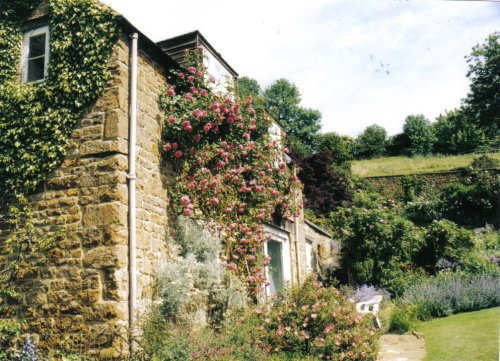
..
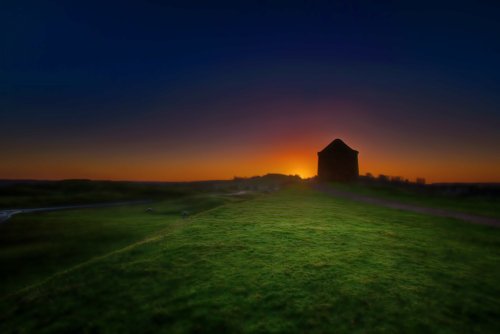
This is a delightful country park covering almost 100 acres of rugged landscape full of rich and varied historical interest. The.....
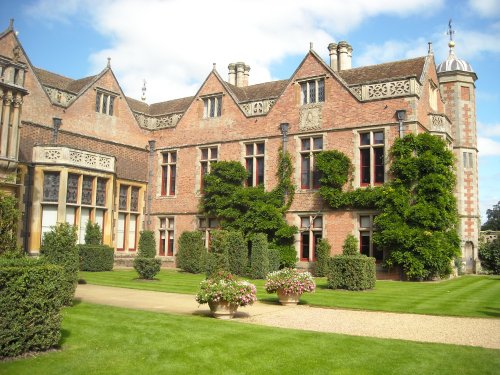
From the first moment you see Charlecote's magnificent gatehouse, you know you are in for something special, for this house is a.....

These Bronze-Age monolithic circles are third in importance only to Stone-Henge and Avebury. They are one of the most historic.....
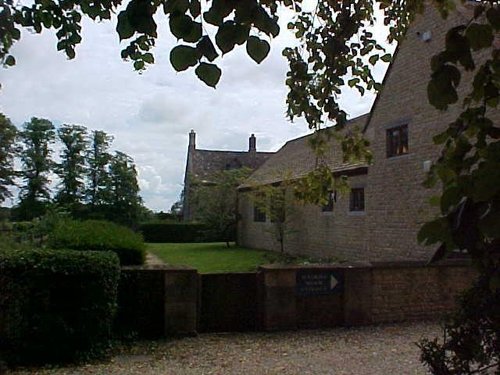
This delightful Tudor house is the very epitome of the comfortable English country home, and yet it embodies all that is best of.....
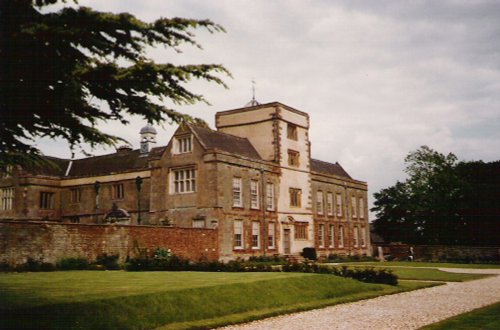
This house was originally part of an Augustinian Priory, it was only converted into a charming Elizabethan manor house during the.....